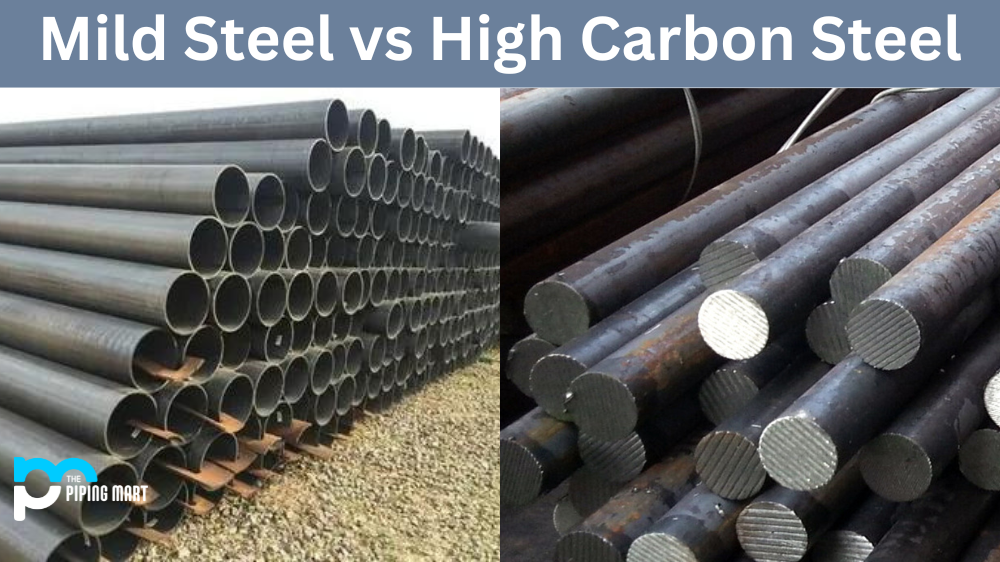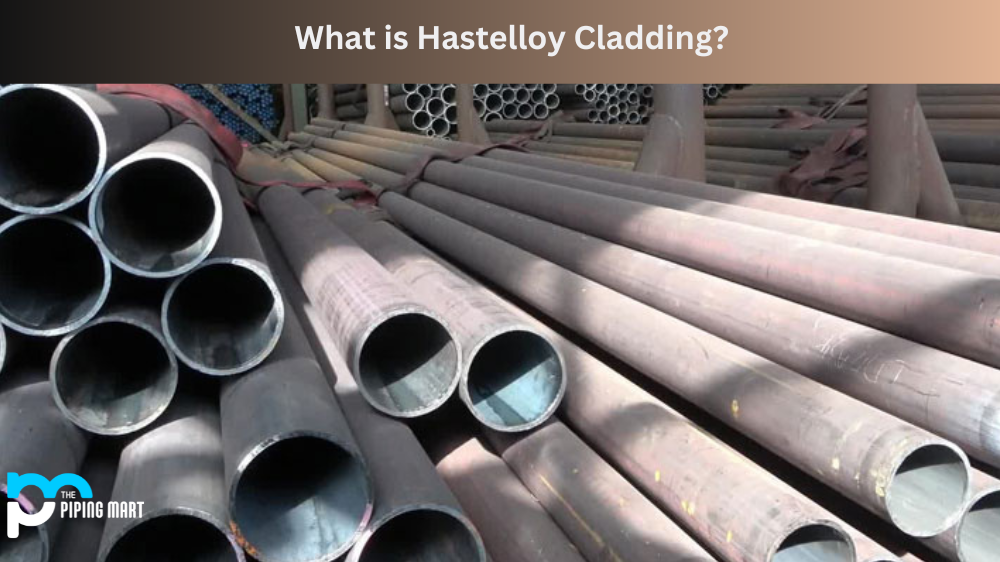When it comes to metalworking, selecting the right steel can mean the difference between a successful product and one that fails. Two of the most commonly used types of steel are mild steel and high carbon steel, which have distinct properties that make them suitable for different applications. Let’s take a closer look at how these two steels compare.
Mild Steel
Mild steel is defined as having low carbon content (0.05–0.25%). This type of steel is widely used in many applications due to its ductility, weldability, strength, and formability. It is also relatively inexpensive compared to other types of steel, making it an economical choice for some projects. In addition, mild steel is highly resistant to corrosion and rusting, making it ideal for outdoor applications where weather conditions may be an issue.
High Carbon Steel
High carbon steel contains 0.6–1% carbon content by weight and has excellent hardness and wear resistance properties due to its high tensile strength. However, because it is so hard, high-carbon steel can be difficult to work with; tools like saws and drills need to be specifically designed for this purpose to avoid damage or breakage during manufacturing processes. The added hardness also makes this type of steel more brittle than mild steel; if not tempered correctly during manufacturing or use, it can become brittle enough to snap or shatter under pressure. High-carbon steel is often used in production processes that require higher levels of strength, such as construction equipment parts or cutting tools, due to its superior durability over time compared with mild steel.
Difference Between Mild Steel and High Carbon Steel
- Mild steel is a type of carbon steel that contains less than 0.3% carbon.
- High-carbon steel is a type of carbon steel that contains more than 0.6% carbon.
- Mild steel is softer and weaker than high-carbon steel.
- High-carbon steel is harder and stronger than mild steel.
- Mild steel is used for car bodies, pipes, and plates.
- High-carbon steel is used for applications such as knives, springs, and cutting tools.
Conclusion:
Mild steel and high carbon steel are two types of metal commonly used in many industries ranging from construction equipment parts to cutting tools. Although they share similar characteristics such as weldability and formability, they differ in terms of their composition and application uses due to their varying strengths—mild steel being softer than high-carbon but more economical while high-carbon being harder but more prone to brittleness if not tempered correctly during use or production processes. Ultimately, whether you choose mild or high-carbon depends on what your specific needs are for your project or application!

A passionate metal industry expert and blogger. With over 5 years of experience in the field, Palak brings a wealth of knowledge and insight to her writing. Whether discussing the latest trends in the metal industry or sharing tips, she is dedicated to helping others succeed in the metal industry.




